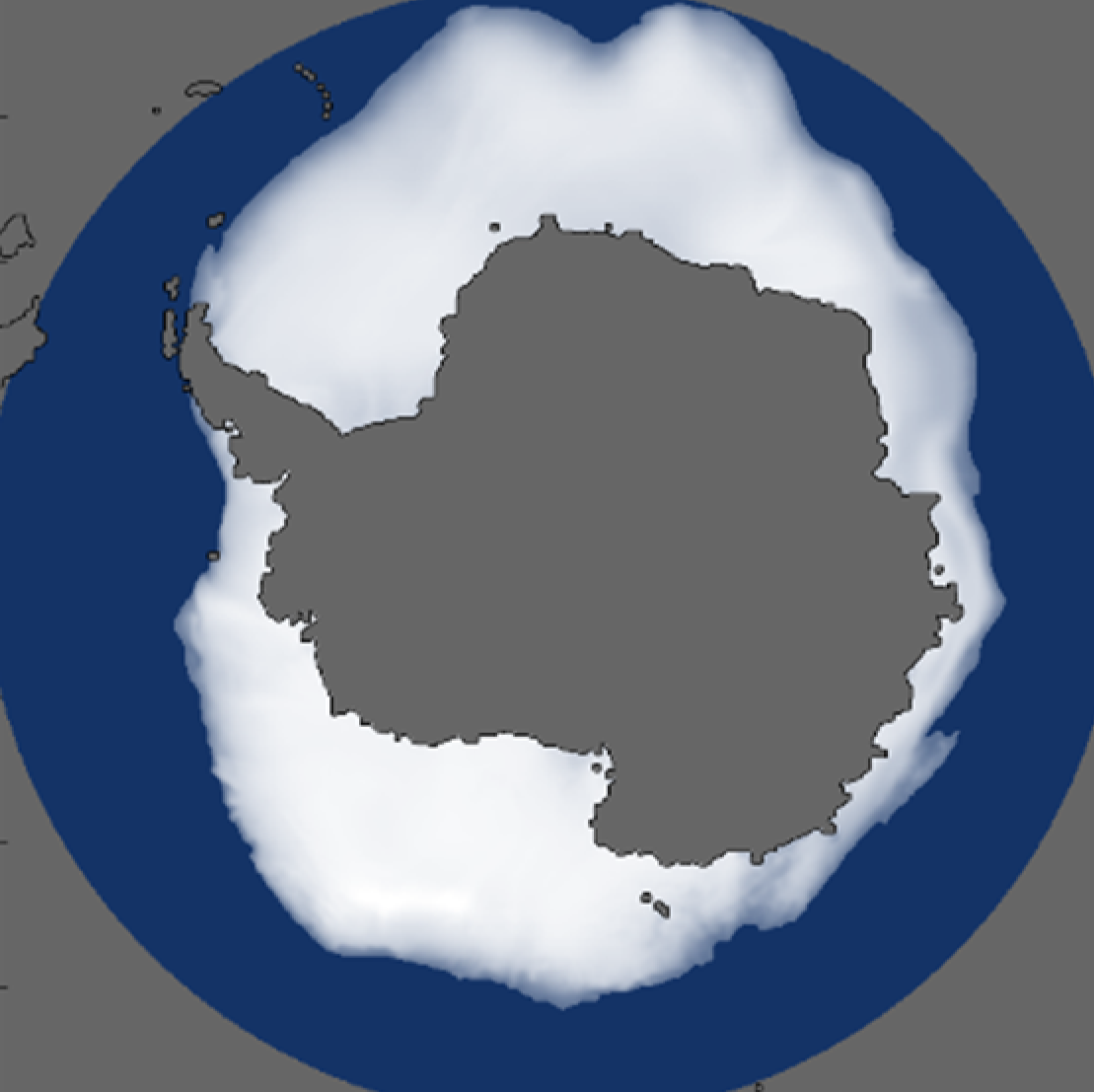Novel Earth-Observation maps provided by CubeSat nanosatellites

IEEC members at the UPC NanoSat Lab have developed their own technology to create the first maps of soil moisture, and concentration, extent and thickness of sea ice.
Students and young researchers from the NanoSat Lab of the Universitat Politècnica de Catalunya · BarcelonaTech (UPC) and members of the Institute of Space Studies of Catalonia (IEEC — Institut d’Estudis Espacials de Catalunya) have created with their own technology the first maps of soil moisture, and concentration, extent and thickness of the sea ice, as well as salinity maps of the Arctic, in the frame of the FSSCat mission. This mission was launched into space by the European Space Agency (ESA) on 3 September 3 2020 and consists of two 6-unit CubeSat nanosatellites.
These nanosatellites, called ³Cat-5/A and ³Cat-5/B and the size of a shoebox, have contributed with this data to the marine and terrestrial services of the European Earth observation program Copernicus. They have provided data on essential climate variables with very good spatial and temporal resolutions, as well as high precision and lower cost compared to conventional satellites. The scientific data of the mission has been received from the Montsec Satellite Ground Station (SGSMontsec), located at the Montsec Observatory (OdM – IEEC), developed and installed by the NanoSat Lab specifically for this mission and managed by IEEC together with the UPC.
 Caption: Sea ice concentration maps of the Arctic from 7 November 2020: (a) map with microwave radiometer data, (b) reference map based on in-situ data, and (c) error map
Caption: Sea ice concentration maps of the Arctic from 7 November 2020: (a) map with microwave radiometer data, (b) reference map based on in-situ data, and (c) error map
Credits: UPC – NanoSat Lab
The NanoSat Lab, directed by the UPC professor and IEEC researcher Adriano Camps, is a laboratory dedicated to the design and manufacture of payloads and small satellites linked to the Barcelona School of Telecommunications Engineering (ETSETB), the CommSensLab-UPC Specific Research Center and the Department of Signal Theory and Communications (TSC) of the UPC. The UPC doctors Joan Francesc Muñoz and Joan Adrià Ruiz de Azúa (currently IEEC member and former member, respectively) and Lara Fernández and Adrián Pérez, TSC doctoral students and IEEC members, have developed the microwave payloads and the SGSMontsec.
The mission was aimed at monitoring the polar ice and soil moisture. The results obtained confirm, for example, that the year 2020 has been the second to record the smallest extent of ice in the Arctic since satellite data is available. Likewise, the FSSCat's other objective is to test communication systems between nanosatellites in order to create a future network of federated satellites, i.e., those satellites that manage to share resources to carry out some operations, such as sharing the downloading of data, thanks to systems that make the most of the sensors and loads that travel aboard other satellites in a cooperative way.
 Caption: Animation of one of the maps showing the soil moisture evolution, also in non-frozen areas, from 1 October to 4 December 2020.
Caption: Animation of one of the maps showing the soil moisture evolution, also in non-frozen areas, from 1 October to 4 December 2020.
Credits: UPC – NanoSat Lab
The FSSCat mission won the ‘Sentinel Small Satellite (S^3) Challenge Award’ — the most important category of the Copernicus Masters Challenge Awards — and the ‘Copernicus Masters Competition’ in 2017. Following the policy of the Copernicus program, the mission's scientific data is freely available on the European NextGeoss platform, which allows access (and subsequent exploration) to federated data for Earth observation.
The ɸ-sat-1 experiment, an ESA technology demonstrator and the first to incorporate artificial intelligence in space, has also traveled aboard the mission, which has allowed to detect the presence of clouds in optical images and discard the ones which do not have enough quality.
Links
– IEEC
– UPC
– NanoSat Lab
– FSSCat
More information
The Institute of Space Studies of Catalonia (IEEC — Institut d’Estudis Espacials de Catalunya) promotes and coordinates space research and technology development in Catalonia for the benefit of society. IEEC fosters collaborations both locally and worldwide and is an efficient agent of knowledge, innovation and technology transfer. As a result of 25 years of high-quality research, done in collaboration with major international organisations, IEEC ranks among the best international research centers, focusing on areas such as: astrophysics, cosmology, planetary science, and Earth Observation. IEEC’s engineering division develops instrumentation for ground- and space-based projects, and has extensive experience in working with private or public organisations from the aerospace and other innovation sectors.
IEEC is a private non-profit foundation, governed by a Board of Trustees composed of Generalitat de Catalunya and four other institutions that each have a research unit, which together constitute the core of IEEC R&D activity: the University of Barcelona (UB) with the research unit ICCUB — Institute of Cosmos Sciences; the Autonomous University of Barcelona (UAB) with the research unit CERES — Center of Space Studies and Research; the Polytechnic University of Catalonia (UPC) with the research unit CTE — Research Group in Space Sciences and Technologies; the Spanish Research Council (CSIC) with the research unit ICE — Institute of Space Sciences. IEEC is a CERCA (Centres de Recerca de Catalunya) center.
Image
PR_MainImage.png
Caption: Ice extent map of the Arctic
Credits: UPC – NanoSat Lab
Contacts
IEEC Communication Office
Barcelona, Spain
Ana Montaner and Sònia Bagudanch
E-mail: comunicacio@ieec.cat
Lead Researcher
Space Sciences and Technology Research Group (CTE)
NanoSat Lab – Universitat Politècnica de Catalunya · BarcelonaTech (UPC)
Barcelona, Spain
Adriano Camps
E-mail: camps@tsc.upc.edu
